Indigenous Peoples Are All the Same, Right?
A frequent misconception is that Indigenous Peoples are all the same in Canada but there is a clear diversity amongst Indigenous Peoples. Linguists...
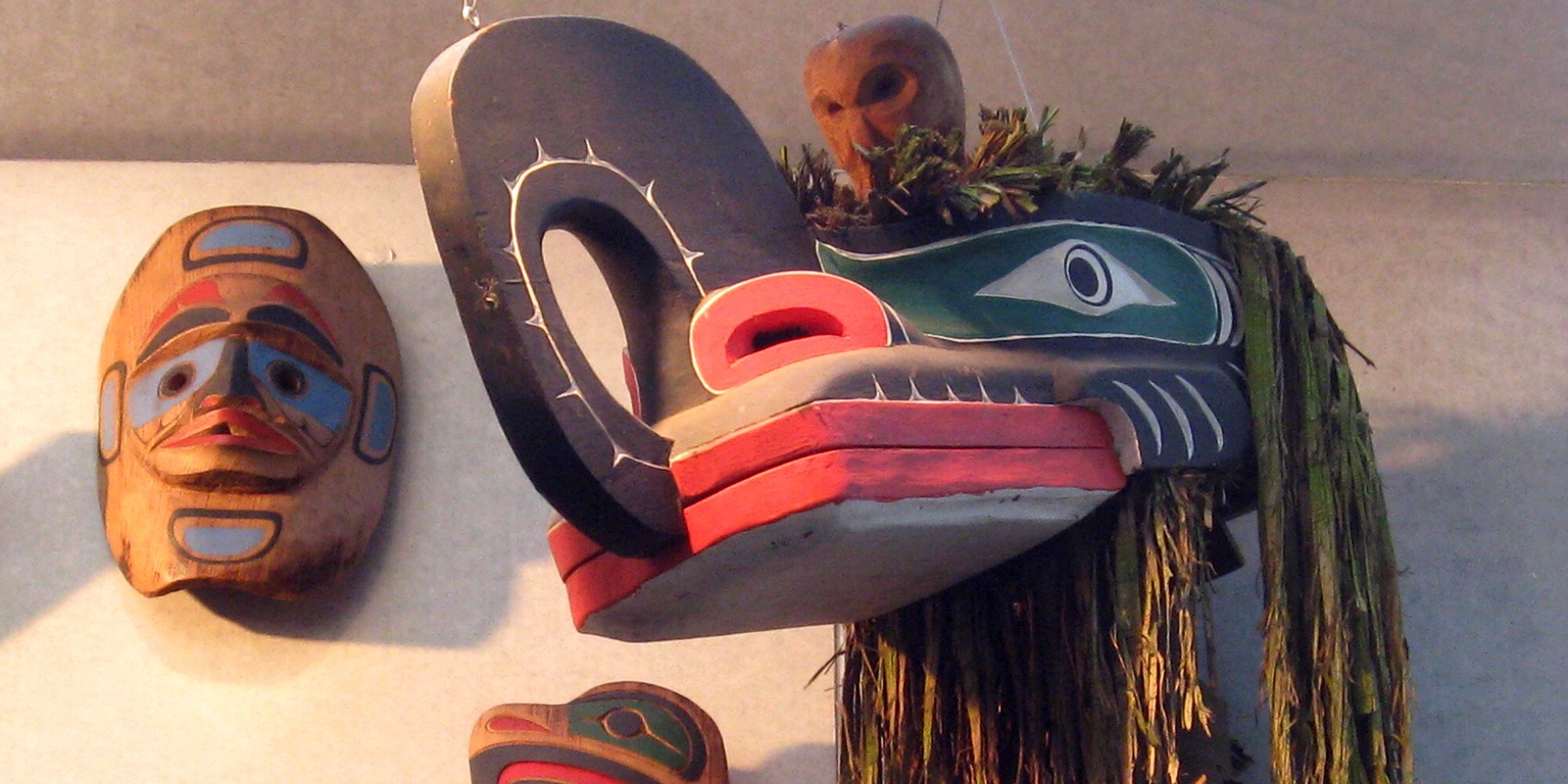
Anishinaabe, Métis, Coastal Salish, Cree, Cherokee. We have nothing much in common. We’re all aboriginal and we have the drum. That’s about it.
Thomas King writing about a drum circle in “The Inconvenient Indian: A Curious Account of Native People in North America”
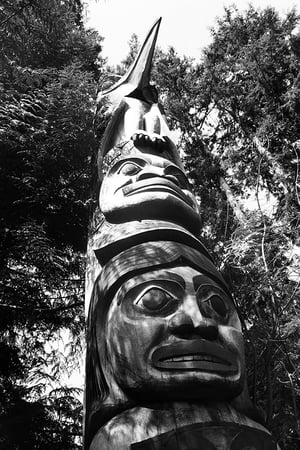
Not recognizing the cultural diversity of Indigenous Peoples in Canada is one of the most common mistakes non-Indigenous people make when engaging with Indigenous communities.
Respect for cultural diversity is an aspect of Canadian society that is of great appeal to people from other countries who want to move here and is supported by the Multiculturalism Act of 1988. The average Canadian would proudly say they respect cultural diversity.
However, cultural diversity within the Indigenous population is frequently not recognized nor respected in common practice. There is a misconception that Indigenous Peoples are one homogenous group who share the same culture, traditions, worldviews, language, needs and desires. Little could be further from the truth.
Why is it important to Protect & Revitalize Indigenous Languages?
There are three distinct groups of Indigenous Peoples - First Nation or Indian, Métis and Inuit as defined by the British North America Act, 1867, the Indian Act, and the Constitution Act, 1982. According to the 2016 Canadian Census, 1,673,785 respondents self-identified as an Indigenous person.
Let’s take a look at the largest group - First Nations. There are over 600 bands and over 2,000 reserves - each one with a distinct history that shaped their particular cultural identity. They each have distinct economies, capacities, and challenges.
In BC alone there is an amazing diversity of First Nation culture and language - there are over 200 First Nation communities in the province - each with its own unique culture, traditions and history. These 200 communities represent 60% of the First Nation languages spoken in Canada. Speaking of language, did you know that outside of Quebec, English is becoming the common language of Indigenous people in Canada?
Recognition of the unique history, culture and traditions of each community is a fundamental first step Canadians can take to respect Indigenous Peoples. If readers believe Indigenous Peoples are all the same, they are not respecting and recognizing diversity.
In terms of an extractive company, an educator, a government representative, or average Joe or Josephine (to be respectful) time spent researching and developing an understanding of the unique background of each community will increase your understanding of what is important to that community, what they are proud of, and what they will fight to protect.
Thanks for your interest in learning about the diversity of Indigenous cultures in Canada. For those looking to build on their knowledge of Indigenous Peoples, our Working Effectively with Indigenous Peoples® training is a great place to start.
Featured photo: Flickr, Ruth Hartnup
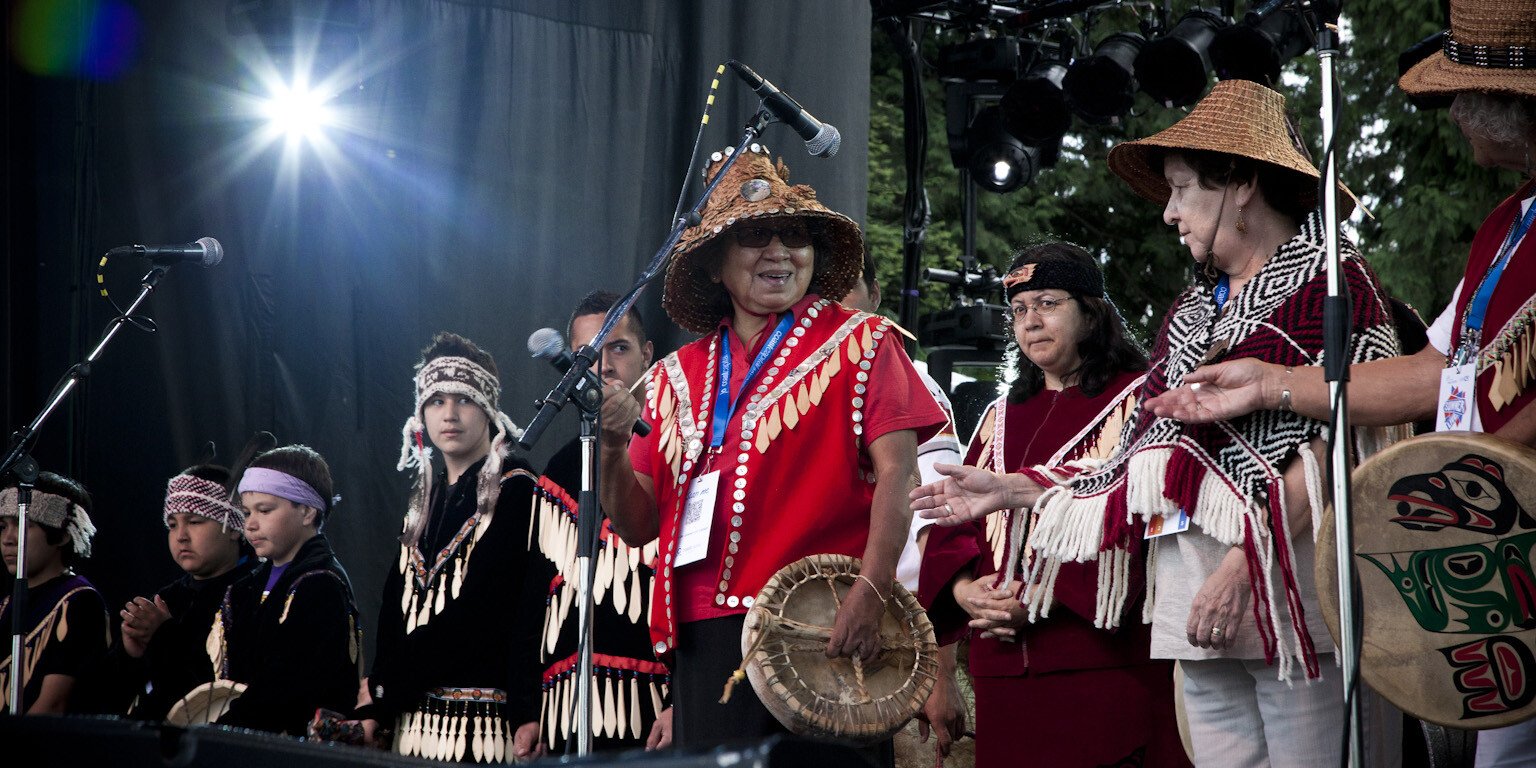
A frequent misconception is that Indigenous Peoples are all the same in Canada but there is a clear diversity amongst Indigenous Peoples. Linguists...
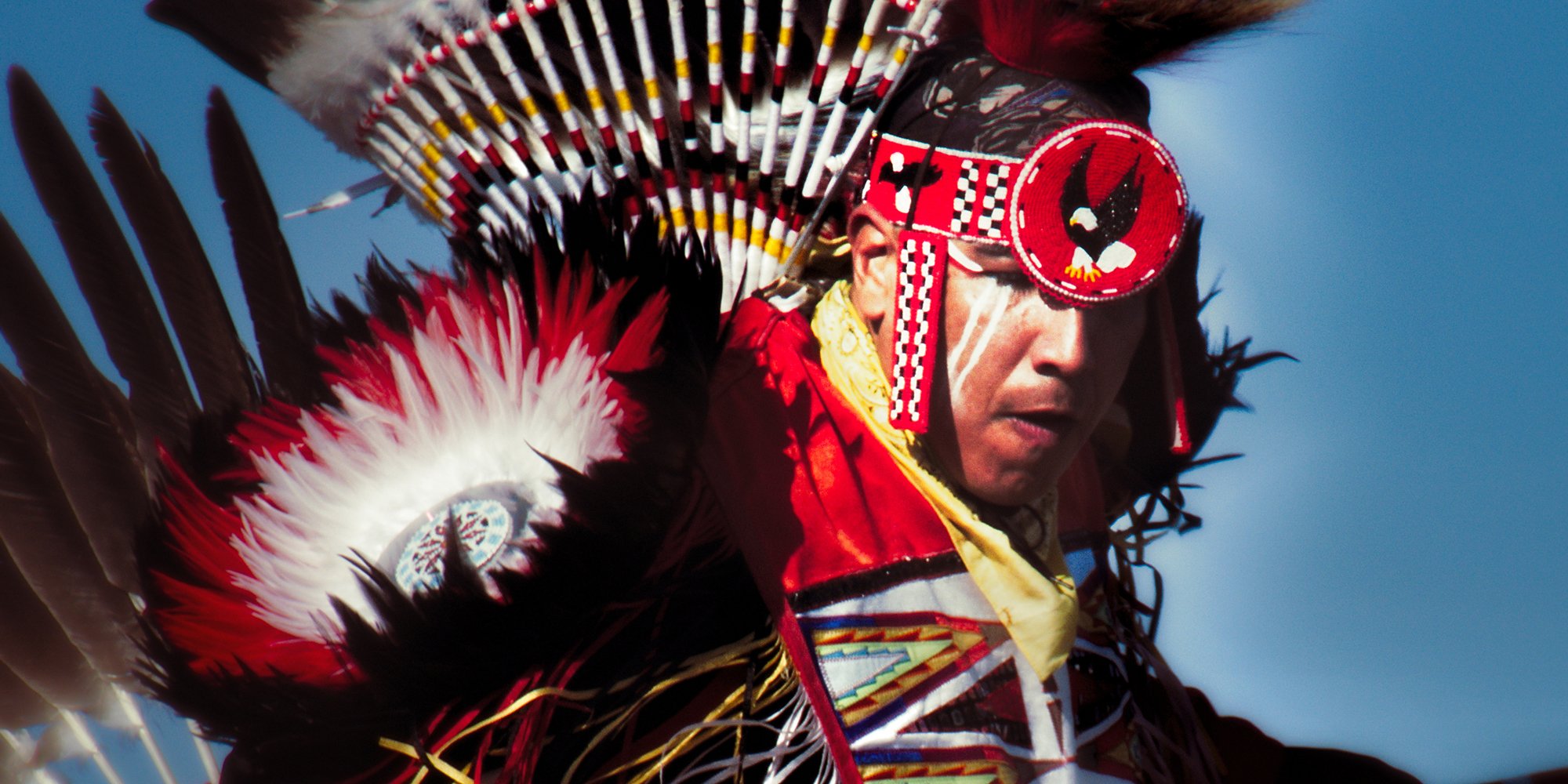
Indigenous awareness is a broad term – I know because my onsite and public workshops are dedicated to helping people understand the full extent of...
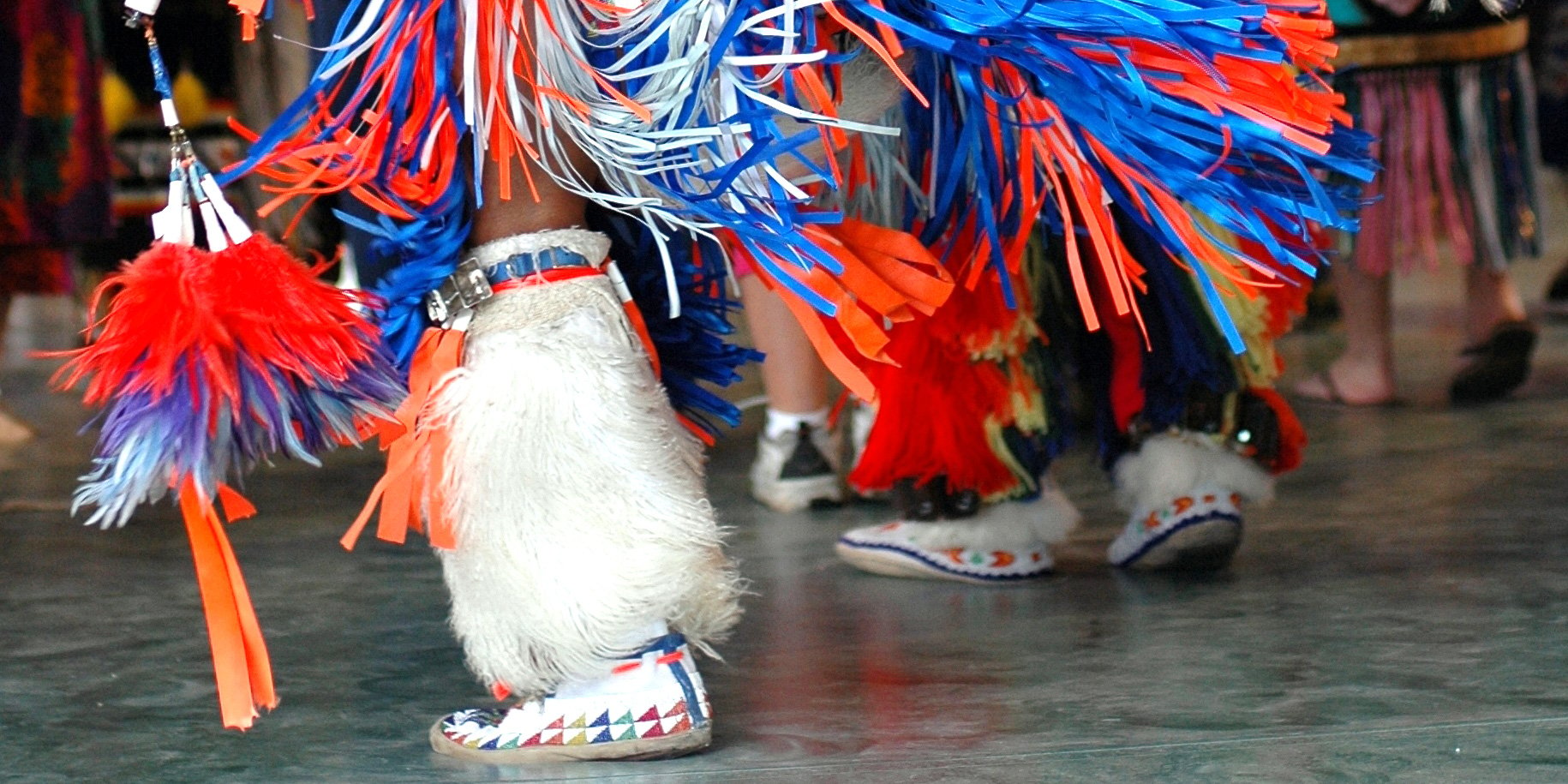
June is National Indigenous History Month - a time for all Canadians - Indigenous, non-Indigenous and newcomers - to reflect upon and learn the...